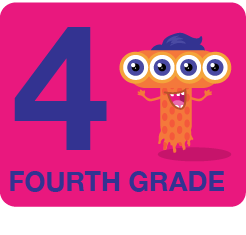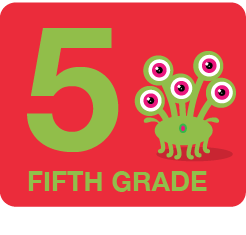In this activity, you need to differentiate between complete sentences and sentence fragments. You will be given statements, and your job is to identify whether they are fully formed sentences or just fragments. If you find any fragments, try to modify them into complete sentences by rewriting them.
A complete sentence has a subject (who or what the sentence is about) and a predicate (what the subject is doing or what happened), expressing a complete thought. On the other hand, a fragment is missing one of these parts or doesn't make a full thought on its own. For example, "The cat slept on the mat" is a complete sentence because it tells you who did what. But "Slept on the mat" is a fragment because it doesn't tell us who slept there. To check if it's complete, see if the sentence answers the question, "Who did what?" If it does, you have a complete sentence!
Distinguishing Complete Sentences from Fragments
Additional Educational Resources:
Beyond Single Words: The Fascinating World of Compound Words
Choosing the Correct Reflexive Pronouns
Unlocking The Power of Prefix
Ice Cream Cone Adventure: Sort Adverbs into How, When, and Where
Mastering Adjectives: Exploring Synonyms for Good and Bad
Conjunctions - Fixing Run-on Sentences
The Difference Between It's and Its
Polishing Your Adverb Usage Skills
Distinguishing Complete Sentences from Fragments
GRADES:


Additional Educational Resources:
Beyond Single Words: The Fascinating World of Compound Words
Choosing the Correct Reflexive Pronouns
Unlocking The Power of Prefix
Ice Cream Cone Adventure: Sort Adverbs into How, When, and Where
Mastering Adjectives: Exploring Synonyms for Good and Bad
Conjunctions - Fixing Run-on Sentences
The Difference Between It's and Its
Polishing Your Adverb Usage Skills

